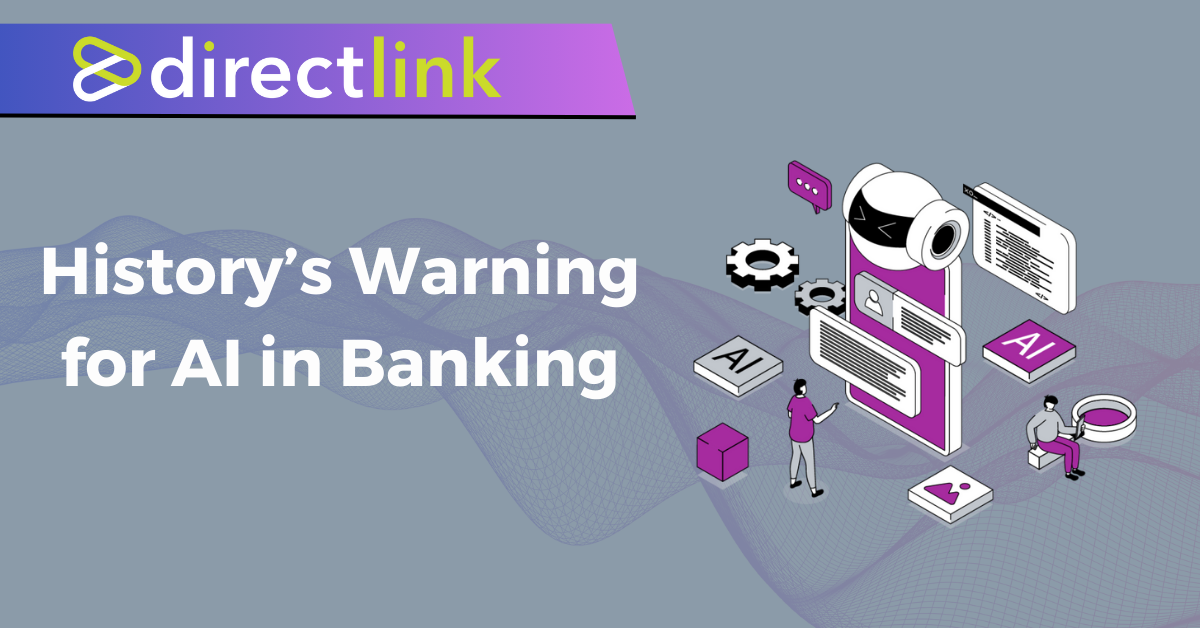
21 Mar History’s Warning for AI in Banking
In a recent The Financial Brand article, “When It Comes to AI, ‘Wait-and-See’ May Mean ‘Wait-and-Die’”, Bill Streeter highlights the parallels between banking’s adoption of personal computers (PCs) in the 1980s and today’s AI race. He warns that banks risk repeating past mistakes if they fail to integrate AI strategically. His insights serve as a reminder that adopting technology without foresight can create long-term challenges rather than solutions.
Lessons from Banking’s PC Revolution
PCs initially promised efficiency, accuracy, and cost savings—just as AI does today. Yet, as Streeter notes, banks soon faced fragmented systems that were costly and difficult to maintain. Instead of a seamless transition, they struggled with siloed data and interoperability issues.
“The more banks built around their legacy systems, the harder it became to make changes down the road,” Streeter writes. This misstep underscores the importance of a well-planned, integrated approach rather than piecemeal adoption.
AI’s Similar Pitfalls: Avoiding Fragmentation
Banks are eager to implement AI for customer interactions, fraud detection, and efficiency. However, without a cohesive strategy, they risk creating disconnected solutions that add complexity rather than reducing it.
AI chatbots, voice recognition, and risk models are often deployed in isolation, leading to data inconsistencies and conflicting outputs. This increases vendor dependence and operational inefficiencies. As Streeter warns, “A poorly integrated AI environment will only compound the inefficiencies banks are trying to eliminate.”
Building a Unified AI Strategy
To avoid repeating history, banks must prioritize AI solutions that are:
Interoperable: Seamlessly integrate with existing infrastructure to prevent data silos.
Scalable: Future-proof technology investments.
Transparent: Ensure AI decisions are understandable and explainable.
Customer-Centric: Enhance—not complicate—the customer experience.
How Directlink Helps Banks Implement AI Effectively
At Directlink, we help community banks and credit unions avoid AI fragmentation with solutions like:
Virtual Banker: for automating routine banking interactions.
Virtual KYC: for multi-factor authentication to reduce fraud.
Virtual Operator: for intelligent call routing, replacing outdated IVR menus.
The Road Ahead: Learning from the Past
The AI revolution offers banks a chance to redefine financial services—but only with a deliberate, integrated approach. The lessons from the PC era are clear: fragmented technology leads to inefficiency and long-term challenges. By learning from the past, today’s banks can build a future-ready AI infrastructure that fosters innovation and efficiency.
For banks looking to implement AI with confidence, Directlink provides the expertise and solutions to navigate this transformation effectively. Contact us today to learn how our AI-driven approach can enhance your institution’s operational resilience and customer experience.